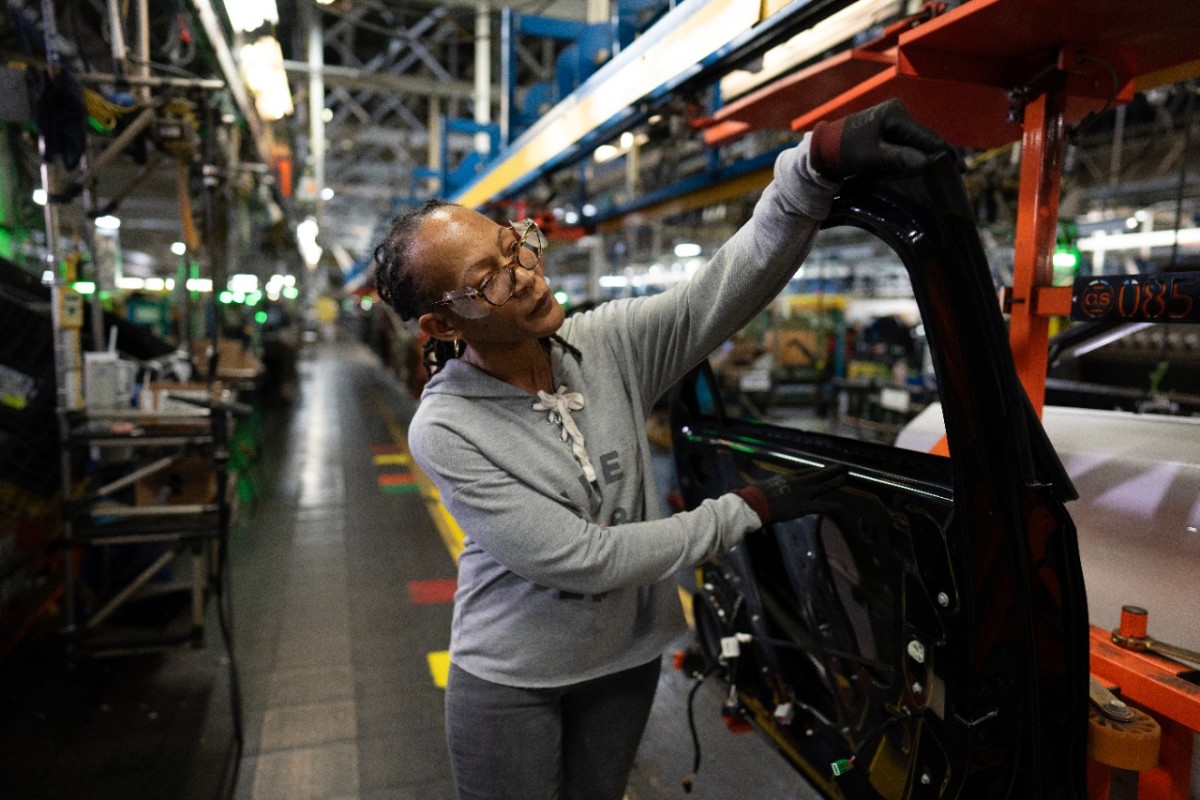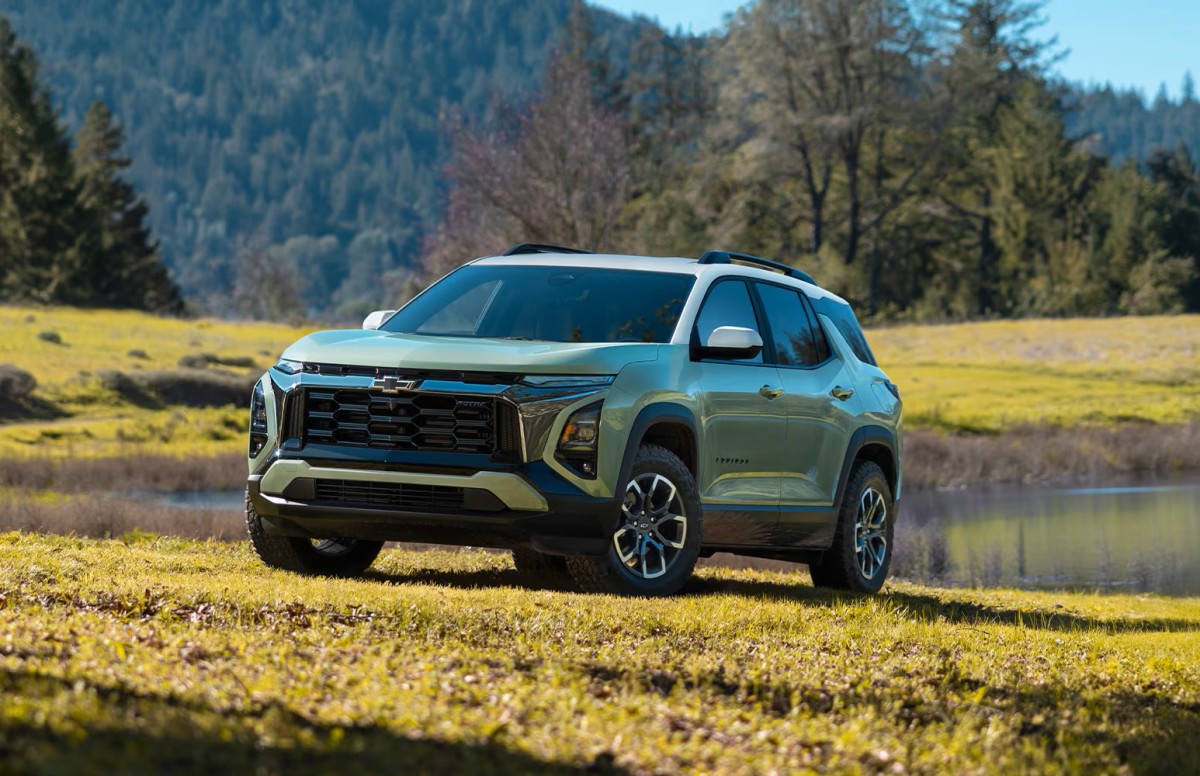GM’s Big Investment

General Motors is making headlines with a major commitment to bolster their U.S. production. Announced in June, GM is planning to pump around $4 billion into its American manufacturing plants. This move is set to boost the production of both gasoline and electric vehicles over the next two years. Targeted facilities include Orion Assembly in Michigan, Fairfax Assembly in Kansas, and Spring Hill Manufacturing in Tennessee, though it’s not clear exactly how the funds will be distributed among these plants.
Future Focus

What’s really interesting is GM’s strategy for these plants. The Orion Assembly plant, initially earmarked for making electric vehicles, is now going to churn out gasoline-powered full-size SUVs and light-duty pickups from 2027. This shift comes due to booming demand for these types of vehicles. Factory Zero in Detroit will now handle electric vehicle production for models like the Chevrolet Silverado EV, GMC Sierra EV, and others.
Fairfax Assembly in Kansas is gearing up for the next-gen Chevrolet Bolt EV with production slated to kick off by year-end. Mid-2027 will see the plant diving into making internal combustion versions of the Chevy Equinox, while still focusing on affordable electric vehicles. Sharing production between gasoline and electric models seems to be a trend, with Spring Hill plant preparing to produce the gasoline-powered Chevrolet Blazer among other models, including some Cadillacs and electric vehicles.
Tariff Talk

These bold moves by GM come on the heels of President Trump’s tariffs on vehicle imports, which, according to GM, could cost between $4 billion and $5 billion annually. This led GM to revise its financial outlook for the year and shift some production of models like the Equinox and Blazer to U.S. plants instead of relying on their operations in Mexico.
The decision has been praised by labor leaders, citing it as a boon for the American workforce. UAW President Shawn Fain, in particular, regards this as a victory for union labor, aligning GM’s strategy with preserving U.S. jobs. The goal is to hit a production capacity of over 2 million cars per year in the U.S. alone.
Final Thoughts
GM CFO Paul Jacobson noted at a recent Deutsche Bank conference that while the tariffs have influenced the company’s decisions, they are also seen as an opportunity to smartly reinvest in the next generation of vehicles. With a focus on flexible manufacturing lines, GM aims to adapt swiftly to consumer demand between electric and gasoline-powered vehicles.
Jacobson’s comments suggest that GM is not just reacting but positioning itself strategically for the future. The emphasis on flexibility, especially in plants like Fairfax and Spring Hill, is designed to pivot efficiently between types of vehicle production as market demands change.
Zonda Mileson Unveiled
Tesla Stunt Fail
V6s Rev Up Demand
Car Buying Trends Shift
Toyota's Electric Leap